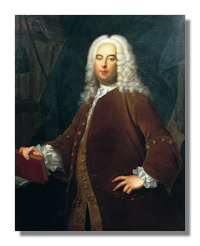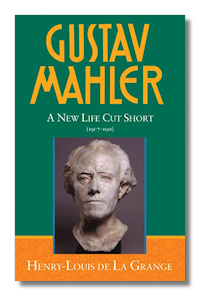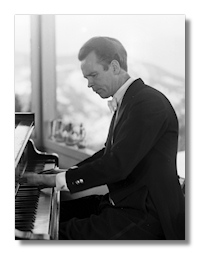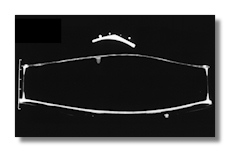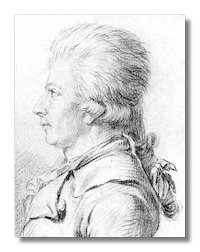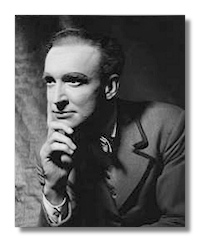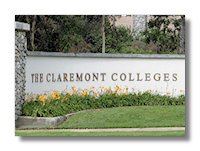
Imaginary Concerts
By Alex Ross
The most potent sensual jolt in the first book of Marcel Proust's In Search of Lost Time is felt when Charles Swann falls under the spell of "a little phrase" in a violin sonata by a provincial composer named Vinteuil. In creating Vinteuil, Proust ventures into an esoteric subcategory of fiction-stories about composers who exist only in the pages of books.
To read the literature of fictive music in sequence is to see the rise and apparent decline of classical music as a medium of cultural power. Writer describes the work of E.T.A. Hoffman and his fictional composer Johannes Kreisler, who affected the real music of the nineteenth century, inspiring Robert Schumann. Tells about Balzac's 1837 novella Gambara about Paolo Gambara, an Italian composer living in Paris. In the second half of the nineteenth century, composers achieved almost godlike status in Europe and America. The cult of musical genius turned feverish in Romain Rolland's Jean Christophe, published in installments between 1904 and 1912, which tells the story of the German composer Jean-Christophe Krafft. Krafft fashions a synthesis of French and German musical values, but Rolland fails to give us a clear idea of what this sounds like. "In Search of Lost Time" traverses much of the same territory with far greater authority. Writer describes the inspiration behind and the music of Proust's fictional composer Venteuil.
Thomas Mann, driven into exile by the Wagner-loving Hitler, decided to dismantle the myth of the Tragic Artist in Doctor Faustus: The Life of the German Composer Adrian Leverkühn as Told by a Friend, published in 1947. Writer describes Mann's use of sketches by Theodor W. Adorno in constructing Leverkühn, and Leverkühn's influence on real composers. Discusses Randall Jarrell's 1954 academic satire Picture from an Institution, which signaled a change in how novelists depicted composers and classical music. Contemporary novelists tend to see this world in tragicomic terms. If the present state of imaginary music seems bleak, science fiction suggests a brighter future. Kim Stanley Robinson's novel The Memory of Whiteness looks ahead to 3229 A.D., when a mechanical orchestra is the star act of the solar system.
Read more about this at the New Yorker website:
www.newyorker.com/arts/critics/atlarge/2009/08/24/090824crat_atlarge_ross















